Research
Our group develops new techniques to exploit some of the unique characteristics of X-ray radiation. We are especially interested in X-ray coherence and X-ray scattering.
X-rays for science
X-rays have attracted the fascination of the general public since their discovery 125 years ago. They are now used for a broad range of applications. Beyond the well-known medical CT scans and airport security screening, X-rays are used in all fields of science and technology to see what would otherwise be invisible.
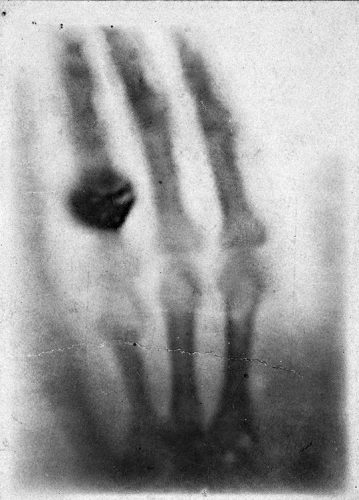
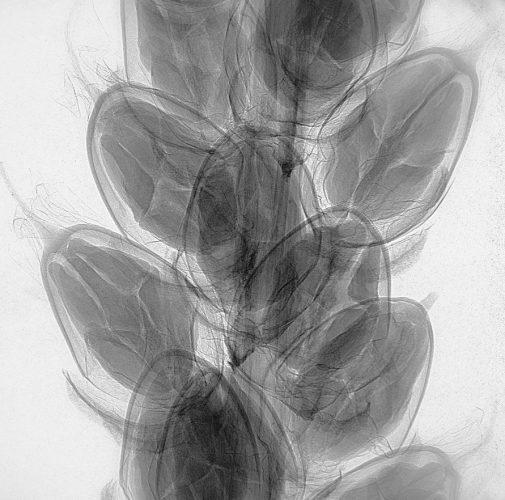
New X-ray imaging modalities
Normally, X-ray images are absorption maps of the sample they travel through. Like any other type of light, X-rays can also be refracted, though by only small angles. X-rays can also be scattered, typically by structures on a length scale similar to the X-ray wavelength – that is, down to the atomic scale!

The main contrast mechanisms available to X-ray scientists are depicted here. Absorption, the most common, is observed as a decrease of intensity caused by the interaction of the X-rays with the sample. X-rays can change direction while traveling through matter, a phenomenon known as refraction. This effect is normally very weak, but is nevertheless important because it produces better images of low-density samples. Finally, scattering is the “messy” mechanism that contains all the rest of the physics: coherent and incoherent interaction with nanometer-scale variations in the sample.
Because refraction can be explained as a change in the phase velocity of the X-rays through matter, imaging methods that rely on refraction are called “phase-contrast” methods. Compared to absorption, which is readily observed with any X-ray detector, phase-contrast requires ingenious techniques to capture the small deviations in the incident X-ray wavefront.
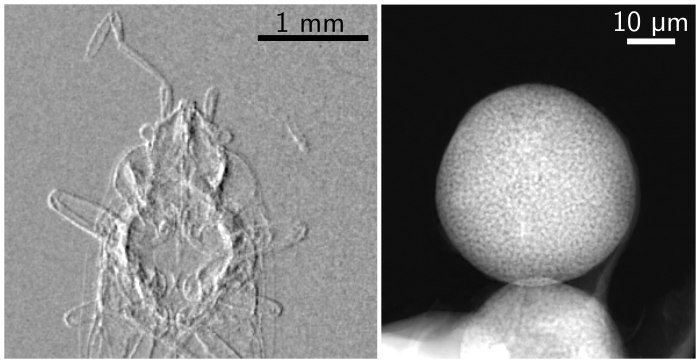
Scattering-aware X-ray imaging
The research project S-BaXIT (Scattering-Based X-ray Imaging and Tomography) funded by the European Research Council, aims at bringing X-ray scattering mechanisms fully into the context of imaging, and to develop and apply techniques that exploit scattering through new measurement strategies.
We work on scattering-aware imaging modalities that can reveal features that could not be seen before. We will use these methods for a broad range of applications, from advanced materials to fragile biological samples, to valuable heritage and archaeological artifacts.
Our favorite strategy is to exploit “measurement diversity”: the idea of taking multiple measurements while some well-controlled experimental parameters are changed. The resulting datasets contain redundant information that is then algorithmically decoded. The two experimental methods that form the starting point of our exploration are ptychography and speckle-based X-ray imaging.
Ptychography
Ptychography is a lensless imaging technique that can produce extremely high resolution images – down to the nanometer with X-rays, and below the atomic scale with electrons. This technique requires the high-quality X-rays that can be obtained almost exclusively in large synchrotron radiation facilities. First developed in the 70s to improve the resolution of transmission electron microscopy, it has had tremendous success within the last decade as a X-ray microscopy technique.
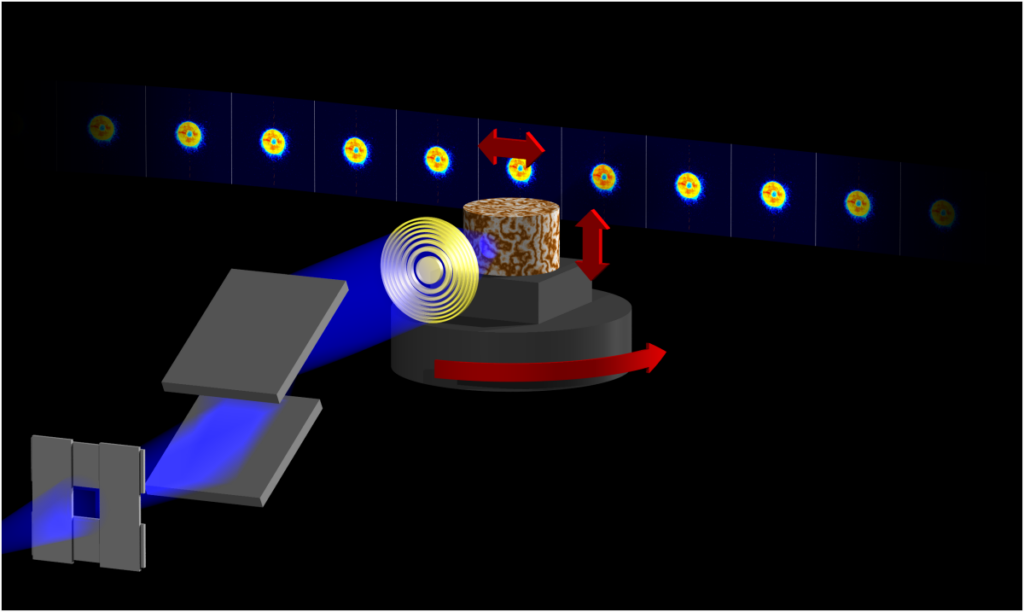
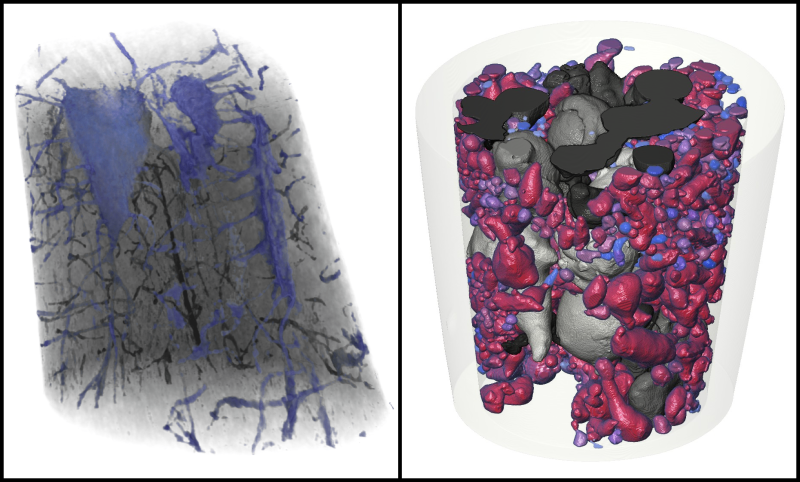
Speckle-based X-ray imaging
Our laboratory at Elettra hosts a liquid-metal-jet X-ray source, where speckle-based imaging will be further developed and applied to a broad range of samples.

